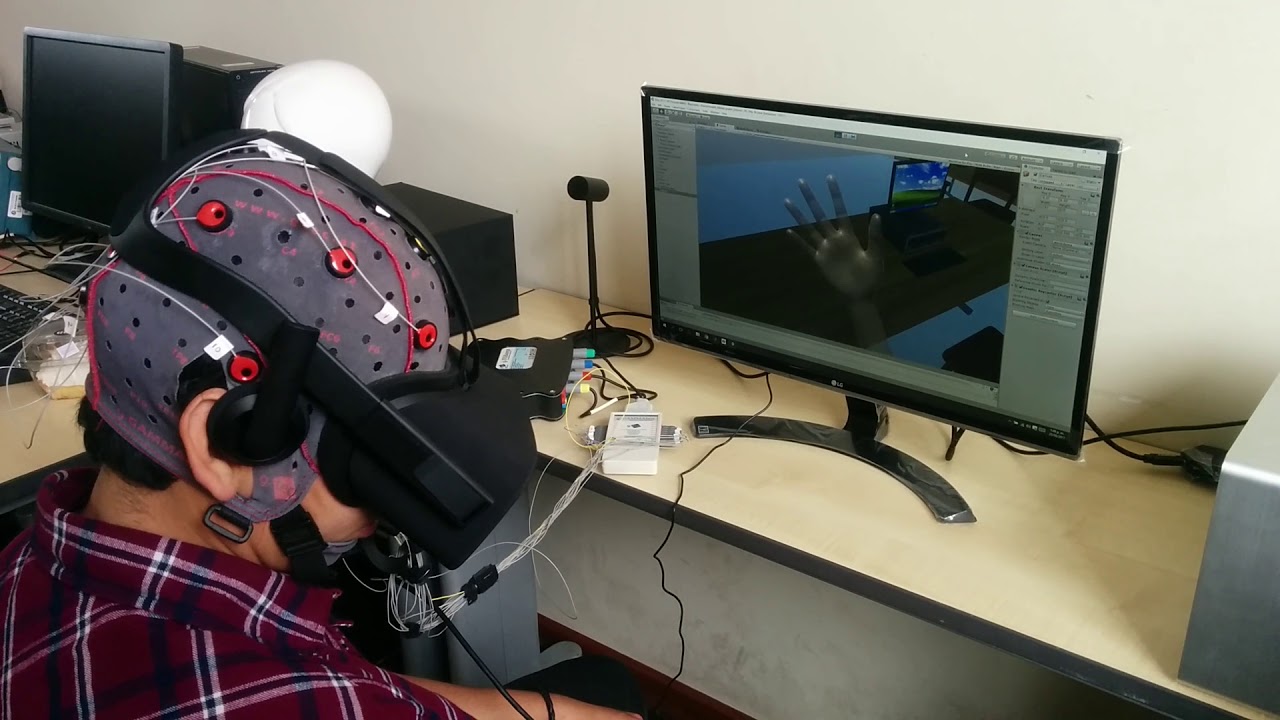EEG May Detection and Prevent Motion Sickness in VR

According to RoadtoVR, a new study on VR Motion Sickness has shown that EEG can detect certain brain activity and strongly correlate with VR motion sickness. This suggests it is possible to quantify and possibly prevent VR motion sickness.
Although virtual reality opens up new possibilities, the actual capabilities of VR are limited by our comfort concerns. While VR developers continue to develop new ways to make VR content more comfortable, scientists continue their research into the causes of motion sickness.
Researchers at Germany's University of Jena published a new study that intentionally inflicted VR motion sickness in participants during brain activity measurements.
14 subjects were connected to an EEG cap, and then wore a PSVR headset. Over the course of 45 minutes, the participants were exposed gradually to artificial movements to induce VR motion sickness. The experiment included recording brain activity via EEG and subjectively rating the symptoms of motion sickness.
Researchers found a pattern in brain activity changes that was closely related to the subjects' perceptions of motion sickness.
The researchers wrote that relatively to a baseline EEG in VR, the power spectrum of [brain] frequencies lower than 10Hz is increased across all brain regions. The level of motion sickness was positively correlated with the increase in frequency power. The highest power gains in the alpha, theta and delta frequencies were experienced by subjects with the greatest perception of motion sickness.
The following conclusions were reached by Matthias Nurnberger and Otto W. Witte (researchers), Stefan Brodoehl, and Carsten Klingner (researchers).
The study shown that VR-induced motion sick is associated with significant brain connectivity and function changes. According to the predictive coding model, the main cause of VR-induced motion sickness is the mismatch in visual information due to lack of vestibular stimulation. [...] Differentiation should be further investigated to determine if brain activity changes are due to sensory conflict or motion sickness. It is becoming increasingly important to understand the limitations of VR motion sickness. This promising technology will be able to make progress faster if it can be prevented or detected early.
These findings provide further evidence that motion sickness can objectively be detected using non-invasive hardware such as scalp EEG. This could help guide future research into VR comfort and VR motion sickness.
One example is that such EEG measurements could be used objectively to evaluate VR comfort techniques' effectiveness.
To reduce VR motion sickness, VR content developers use a number of well-known VR comfort methods like snap-turning or teleportation. However, not all VR comfort methods are equally effective when compared to one another and when compared between individuals. EEG can be used to measure motion sickness and provide objective feedback.
These measurements can also be used to determine comfort ratings, which could then be presented to end-users to aid those suffering from VR motion sickness.
EEG detection of motion sick could be used to predict and prevent it.
EEG brain-sensing technology is increasingly available and has been integrated into VR hardware. EEG headsets could be equipped with future technology that allows developers to detect the user's motion sickness and adjust content accordingly. VR comfort techniques can also be activated automatically to keep users comfortable while working or playing in VR.

